Technology and Packaging Innovations
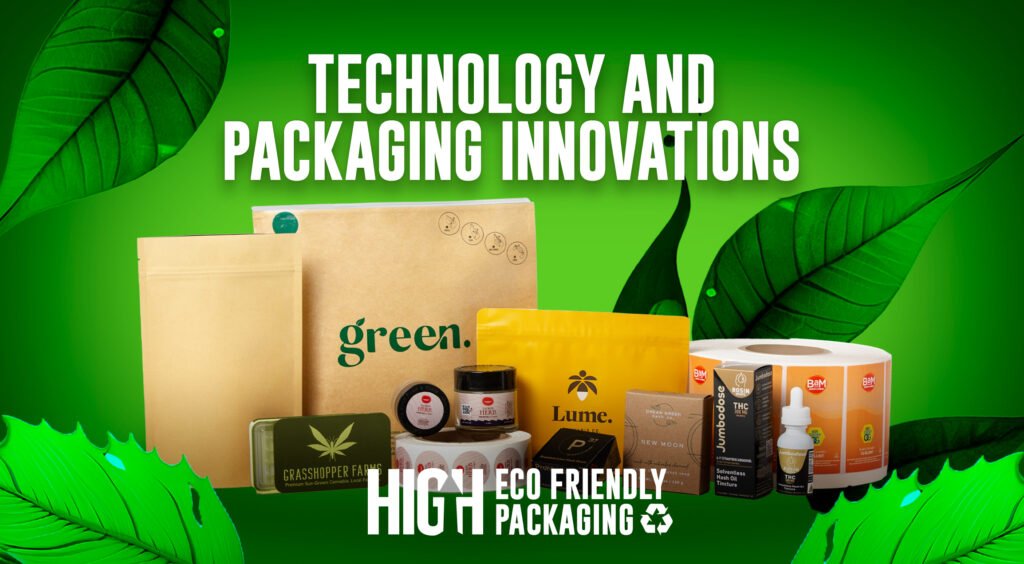
Increasing demand for consumer products is driving production innovations. These “think outside the package” strategies are fueling stronger production techniques and more environmentally-friendly reusable packaging.
The first change in packaging innovation comes from the technology behind the products and the packages that house them. Manufacturers use a combination of software and hardware to increase the productivity of their processing procedures.
The packaging sector advances with intelligent and eco-friendly practices to increase sustainability and appeal to consumers, brands, and the environment. Key trends include the internet of packaging, active packaging, and nanotechnology integration. The rise in online shopping increased packaging waste. Moreover, companies innovated with biodegradable, recyclable, and edible materials.
What are the Current Trends in Packaging (2024-2025)?
- Internet of Packaging
- Biodegradable Packaging
- Digital Printing
- Packaging Automation
- Active Packaging
- Custom Packaging
- Recyclable Packaging
- Edible Packaging
- 3D Printing
- Nanotechnology
Additionally, the adoption of 3D printing, robotic packaging, and technologies like AI-driven design and smart packaging sensors streamline operations and reduce costs, reinforcing the industry’s commitment to sustainability and efficiency.
Emerging technologies such as LED-integrated packaging, color-changing materials, and advanced moisture control are set to revolutionize the packaging sector. Additionally, subscription models for reusable packaging are making strides in reducing waste and diminishing single-use plastic reliance. The adoption of eco-friendly inks like soy, water, and UV-based variants is also on the rise.
These packaging trends represent a fraction of the broader landscape uncovered through our rigorous, data-driven analysis. Embracing these innovative packaging industry trends can substantially enhance your competitive stance.
WHAT IS VARIABLE DATA PRINTING, AND WHY DO YOU NEED IT?
Variable data printing allows you to create customized marketing campaigns using print products like direct mail and personalization labels to engage your customers more precisely. Here in Cannabiz Supply we can deliver rolls with variable data printing for COA’s, QR codes, or any type of barcodes. This will help save label costs, packaging wouldn’t have multiple labels, and it would look like a professional consumer product label that you find in most industries. We are able to label any type of packaging container or bag. We cater to smaller runs of minimums of 2-3k, to hundreds of thousands of products, so facilities can receive a fully branded product.
We can print customers’ test results directly onto labels. If a customer has a pre-roll that comes with 25% THC, 3%CBD, and 2% THCA. We can print those results directly onto the label. This also includes Barcodes so the customer can scan it with their POS systems. We can apply any label we manufacture onto any of our jars or mylar bags with application machinery. We have a MOQ of 2k-3k units depending on the size of the label and product it will be applied on.
We love green and recyclable Packaging
Our product line Eco Impact, it’s our line of products made out of bamboo and sugarcane compounds to provide good quality packaging at an affordable price, but be truly sustainable.
As countries impose bans on single use plastics, companies are actively seeking alternative packaging materials to adhere to these regulations. One viable solution is the adoption of recyclable materials, facilitating the integration of circular packaging methods. An example of this is the utilization of post-consumer resins (PCR), which are packaging materials derived from recycled consumer waste and can be recycled themselves.
Furthermore, startups are pioneering the creation of mono-material packaging that is easily recyclable, a shift away from complex multi-layer packaging systems. This concerted effort towards sustainable packaging aligns with global environmental goals and regulations, promoting a greener and more responsible approach to packaging practices by businesses.
Also, the biodegradable Packaging is another good green alternative.
The shift away from traditional plastic, a dominant material since the early 20th century, is accelerating due to its environmental drawbacks and slow decomposition. Growing consumer awareness of the detrimental impacts of single-use plastics is fueling the demand for eco-friendly alternatives.
Substitutes such as starch, cellulose, PLA, polyhydroxybutyrate (PHB), polyhydroxyalkanoates (PHA), and other biopolymers, as well as plant-based materials from sugarcane, coconut, hemp, and cornstarch, are making significant inroads in replacing conventional plastics. These biodegradable packaging options are not only reducing the environmental impact of packaging but also proving to be cost-effective for businesses, representing a major transition towards more sustainable packaging solutions.
Here are some of the most innovative Packaging innovation examples of sustainable packaging. Here are 20 innovative sustainable packaging solutions that exemplify the latest trends, the innovations, in no particular order, included:
1. Dishwasher detergent bottles are now being made from recycled fishing nets from Danish discount retail chain Rema 1000, in cooperation with Plastic.
2. Scientists in Singapore have developed a sustainable way to extract chitin from prawn shells by fermenting it with fruit waste.
3. Gualapack has produced a 100% recyclable monolayer pouch for a German company.
4. Italy has switched to pallet stretch wrap that uses a proprietary organic additive from Biogone Plastics that causes the film to biodegrade 20 times faster than conventional film in a landfill.
5. In Italy, a pouch for dishwasher pods from Reckitt Benckiser uses a 100% recyclable mono material film supplied by Mondi.
6. Clear, lightweight, 100% recyclable PET canister, to replace a composite can for its nut products.
7. Use of a new 95mm, snap-on plastic yogurt lid that is dishwasher safe and can be reused.
8. Jägermeister has announced that it is moving its outer packaging from solid board to corrugated. The move will reduce the weight of the packaging by an average of 38.5%. The amount of recycled material also increases to over 90%.
9. Fast food giants are testing strawless lids in the U.S. The test is expected to reduce 400 metric tons of plastic waste per year and the wider opportunity is clearly significantly bigger.
10. In the U.K. consumers can purchase a reusable Ecover bottle it can be reused up to 50 times and refill it with laundry, household, and dishwash cleaners from stations at participating retailers across the country.
11. A new bag-in-box package for liquid laundry, contains 60% less plastic than a traditional rigid container.
12. A prefabricated cardboard sleeve is folded around the textiles from below, and a cardboard insert in the form of a hanger serves as a stabilizer. While the suspension that holds the construction together is still made of recycled plastic. This will be replaced with a waste paper solution by the end of the year.
13. A number of “cheap and accurate” food packaging sensors are now being developed that indicate the shelf life of food products in real time.
14. Compostable and biodegradable netting made from beech tree pulp is being used for citrus products.
15. To prevent cross contamination between fresh produce, researchers have created a coating that can be applied to food contact surfaces like conveyor belts, rollers, and collection buckets. The coating not only acts as a germicidal, but it is also extremely water repellent.
16. Germany has reduced the plastic in its thermoform packaging by 80% by using recyclable VACUflex(re) EX-T as bottom film combined with FlexTop(re) transparent and recyclable top film.
17. The U.K. is using the Eco Chill box, a plastic-free, recyclable cardboard insulator, to keep its foods fresh during delivery.
18. The German automotive parts manufacturer has moved its Timing Belt Kits with Water Pump packaging to a smaller, more sustainable format. The new packaging is 70% smaller than the previous incarnation.
19. The Canadian restaurant has unveiled changes to its cutlery, lids and sandwich wraps that will be in stores starting in early 2023.
20. New Refill 50, a 50-mL refillable glass jar for cosmetics, with a container and lid that can both be made of post-industrial recycled polypropylene and can be purchased separately. The mono-material container is also 100% recyclable.

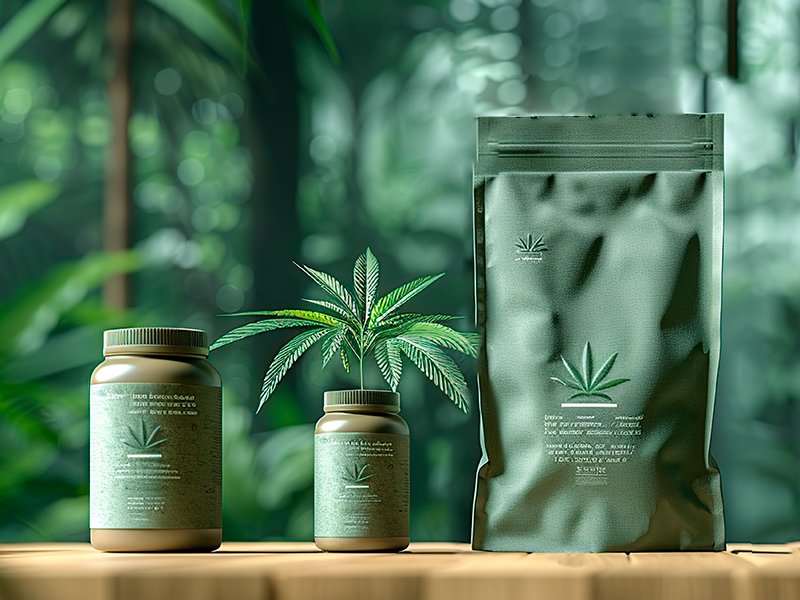
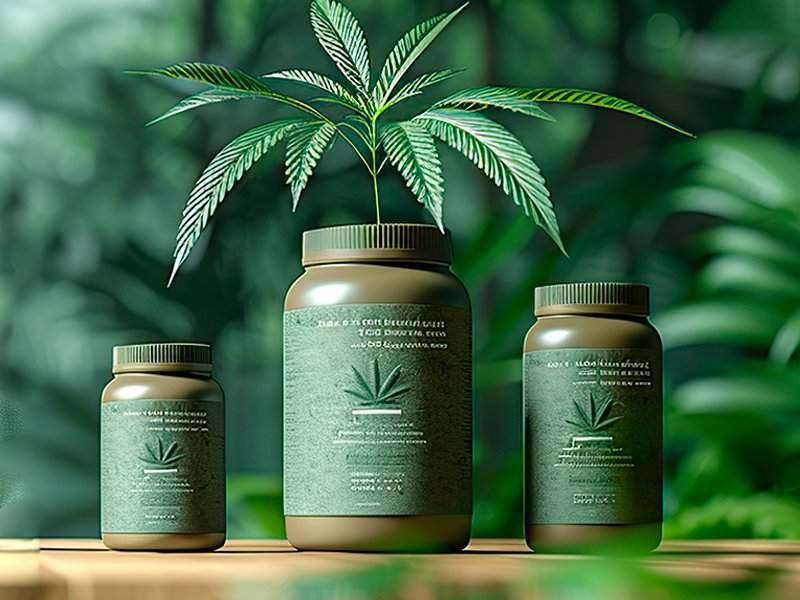
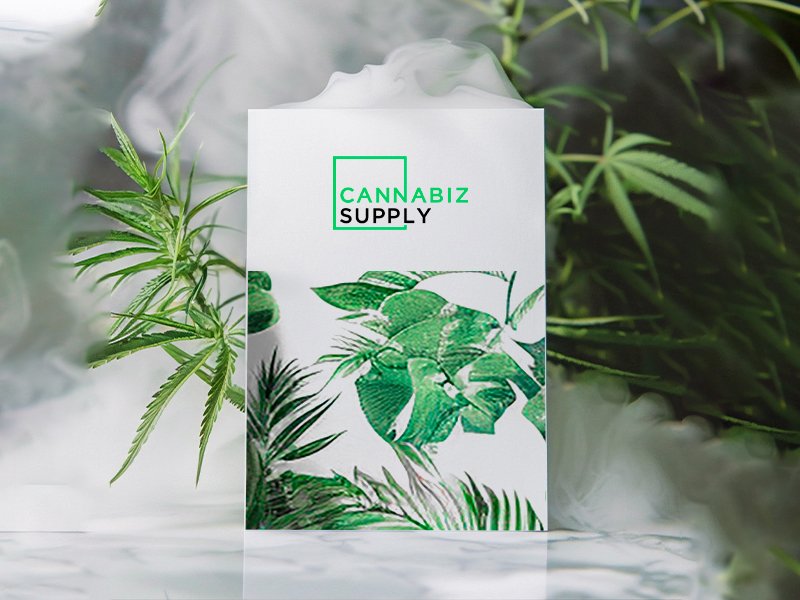
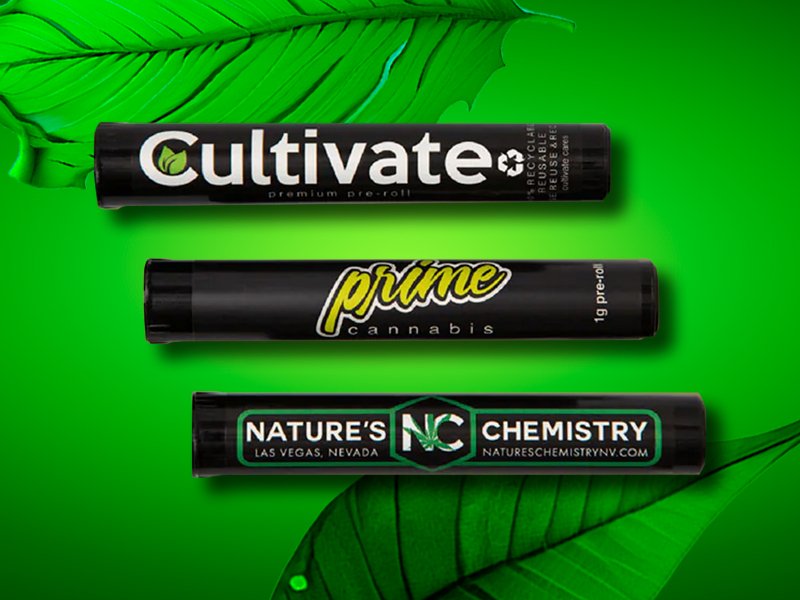
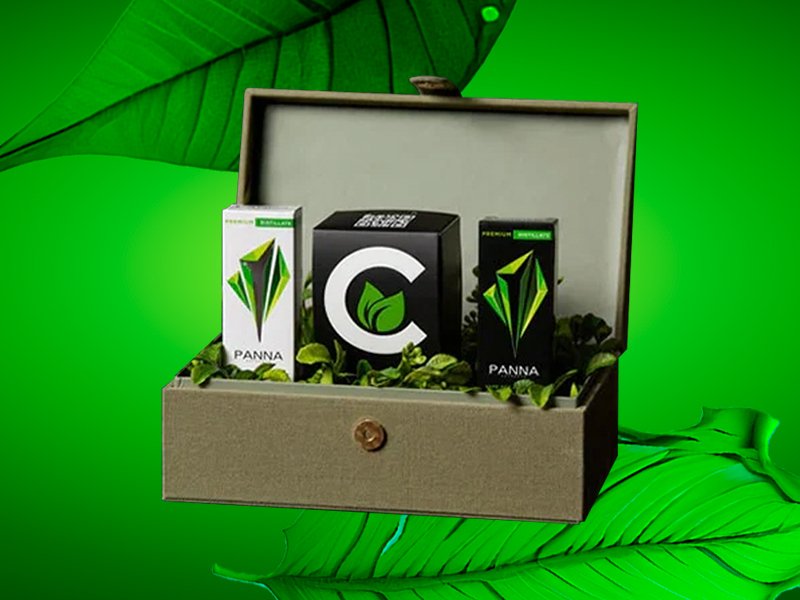
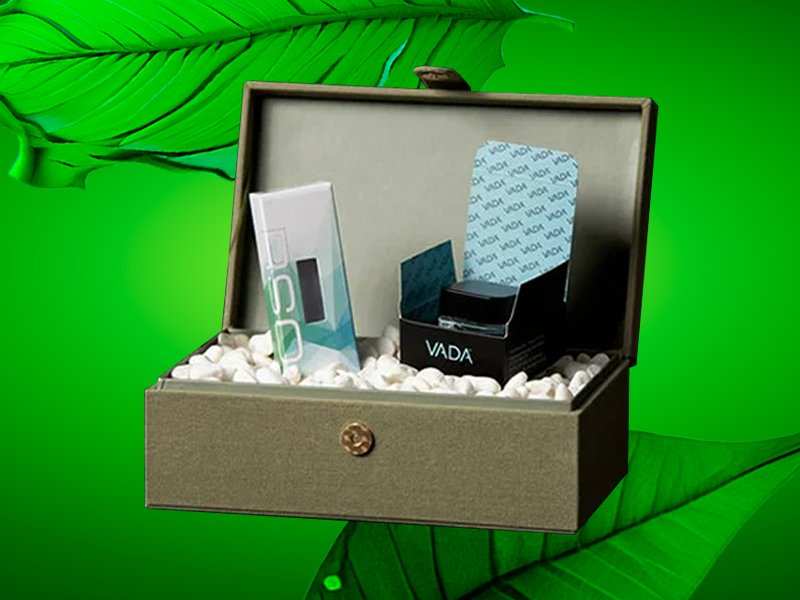
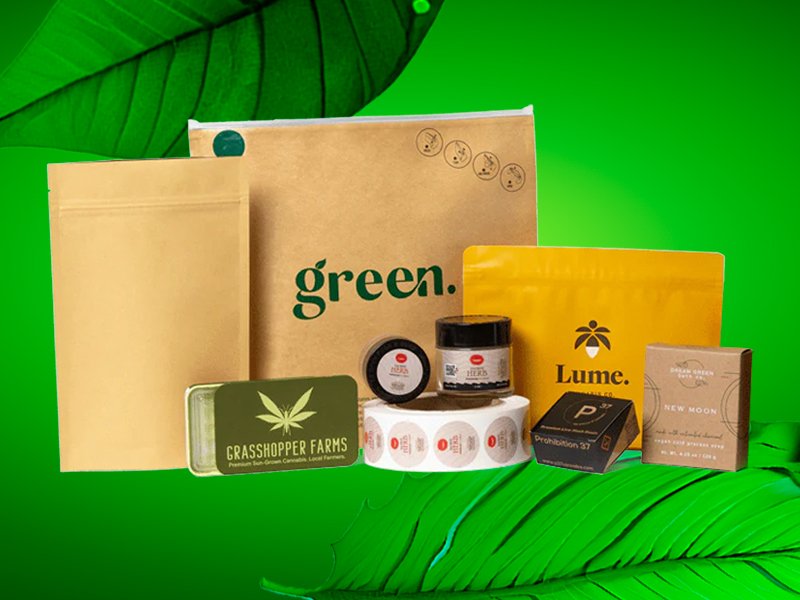
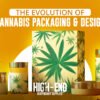

Leave a Reply